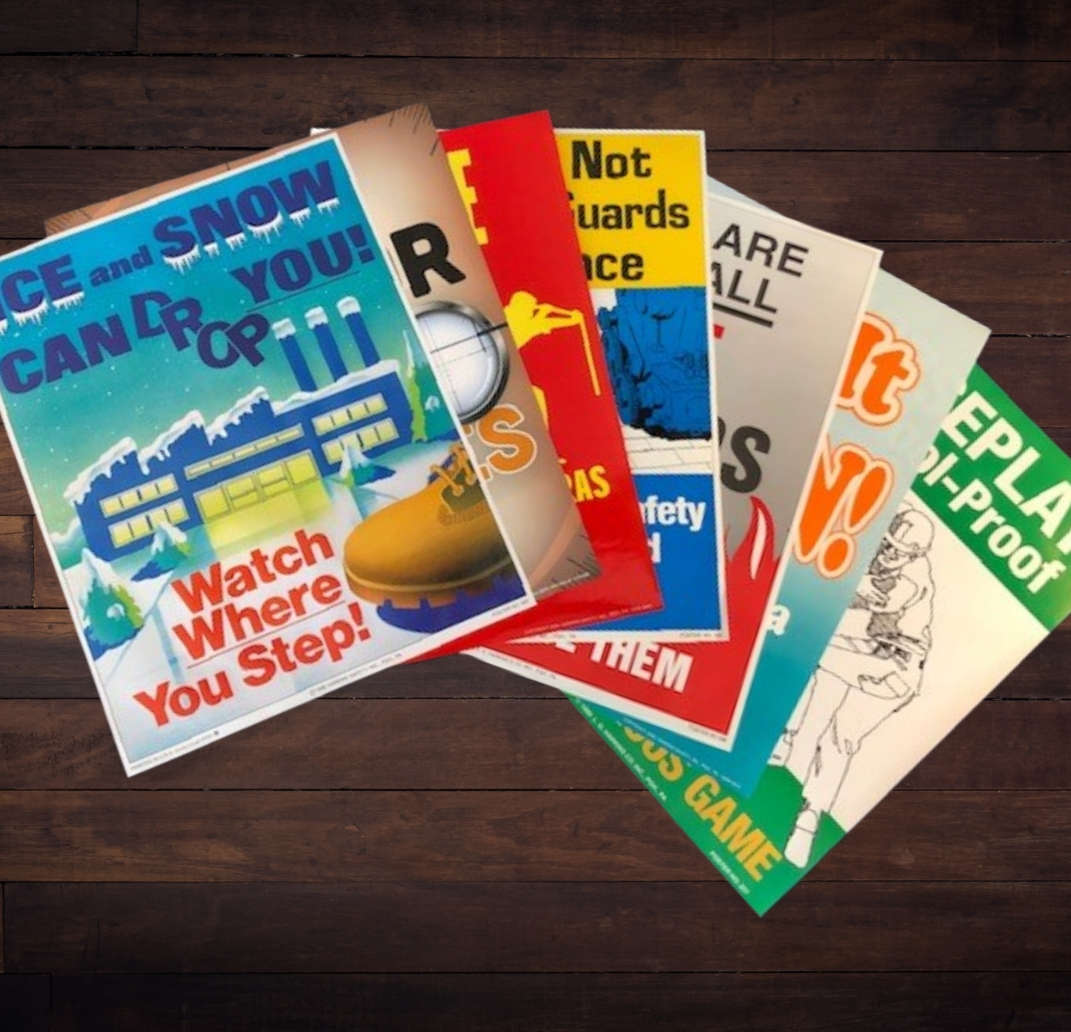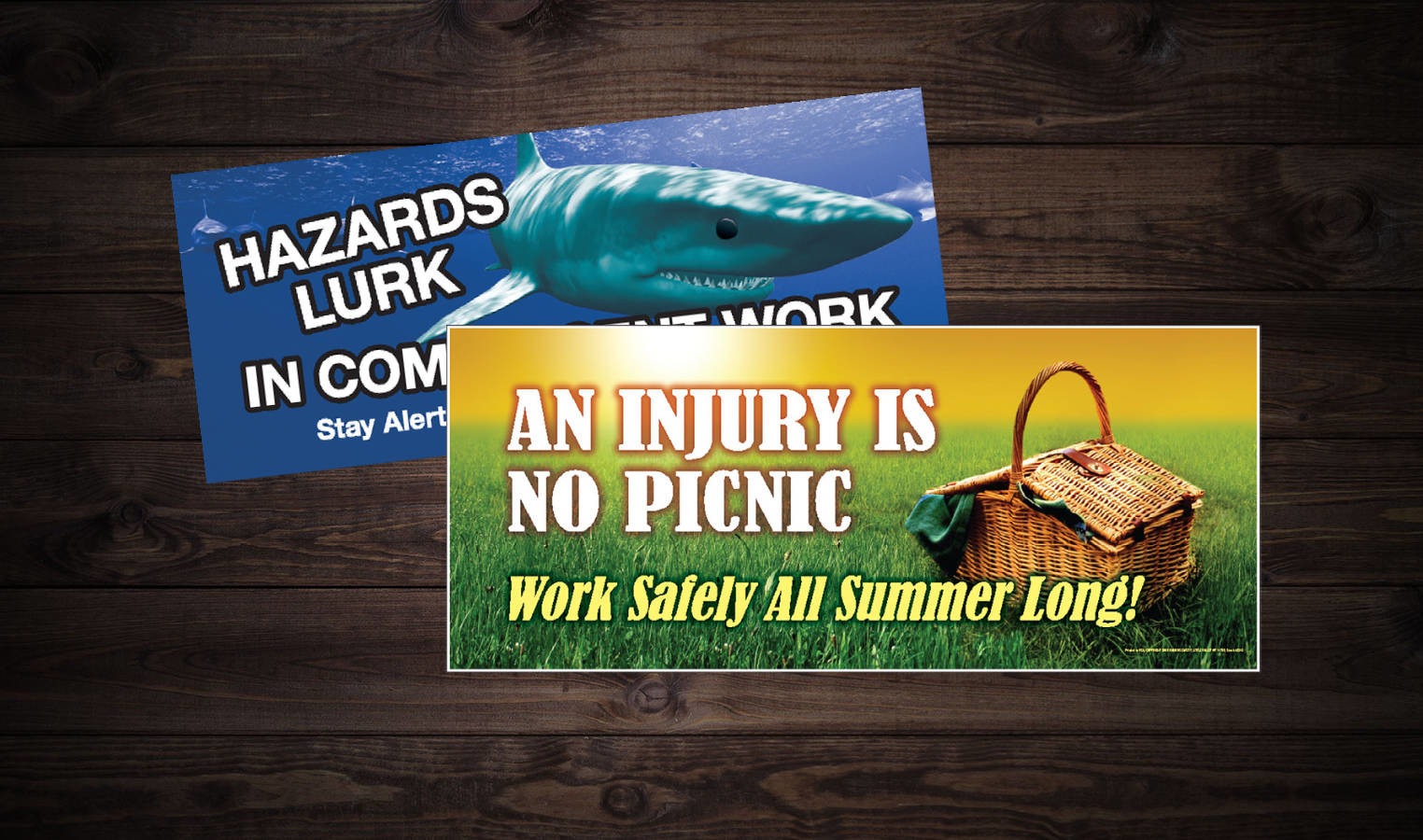” A Matter of Mechanics ”
In the blistering deserts of the Middle East, archeologists work patiently to gently unearth secrets of three and four thousand years ago. How were the palaces, temples, pyramids, and even whole cities built without the bulldozers, gantry cranes, “Chicago booms” and all the other sophisticated hoisting devices so common today?
All the evidence seems to indicate that the ancients had only four basic tools—the ramp, the lever, the pulley and a constantly replenished supply of muscle power, both human and animal.
Blocks of stone weighing many tons could be moved and lifted because the ancients understood the rudiments of Mechanical Advantage.
Today durable rugged machine power is substituted for animal power—and the application of human muscle power is kept to a minimum. But when human muscle power is required—it is still largely subject to the same limitations that applied in ancient times.
Except for some minor changes in musculature—mainly in leg muscles below the knee—the human body of today is almost identical with human structures of the days before Christ. Today’s human body may be a bit taller, heavier, stronger and more durable, but one similarity continues: the human back is as vulnerable today as it was centuries ago. It remains the somewhat inflexible support mechanism and compared with other parts of the body, it is a weak link.
In ancient times ruined backs condemned the victims to helplessness, even death. Slave masters who built the pyramids cared little for the well-being of humans in their charge. If a body could not lift or pull its weight, they would discard it and bring in a new slave. Today every effort is made to teach and enforce means of avoiding back injuries incurred through improper lifting.
Use the legs and spare the back. Don’t subject that slender column of bones, discs and ligaments to strains it was not designed to handle.
Use the muscles that were designed for power. Use legs…keep the fragile back straight. Bend the knees…let thigh and leg muscles supply the upward thrust required to lift.
Position the feet properly, one slightly ahead of the other…assess the load to be lifted. Grip it firmly—avoiding sharp or irregular edges. Plot the path of both the lift and the carry. Be sure it is free of obstacles and slippery surfaces. If the load is too heavy, get help in lifting it—rather than help for yourself after you have sustained an unnecessary injury.
Lifting is a matter of mechanics…just as it has always been. So is protecting the back. Lifting with the legs will save your back and keep you healthy, pain free and active.
Take advantage of the mechanical advantage like the ancients and remember…
SAFE LIFTING BEGINS AT THE KNEES
*Copyright Harkins Safety 1999





